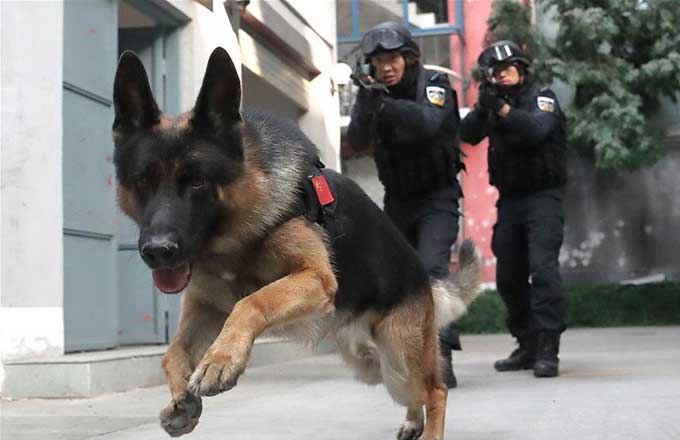Space lab begins tests in orbit, prepares for visit by astronauts
China's second space laboratory, the Tiangong II, began conducting in-orbit tests on Thursday, according to the Chinese Academy of Sciences.
All of the spacecraft's scientific instruments have finished their self-examination since the lab was launched aboard a carrier rocket on Sept 15 from the Jiuquan Satellite Launch Center in Northwest China's Gobi Desert, the CAS said in a statement on Thursday.
The in-orbit tests will generate Tiangong II's first data for scientific research on Saturday, it said, without elaborating.
Tiangong II, the country's largest space asset, will make preparations in space for about one month before the Shenzhou XI manned spacecraft's planned flight in mid-October to transport two astronauts to enter the lab. They will stay inside the lab for 30 days.
Its predecessor, the Tiangong I, was launched in September 2011 and was mainly used to test technologies involved in space rendezvous and docking. With a designed life span of two years, the Tiangong I was in service for more than four years and conducted automatic and astronaut-controlled dockings with Shenzhou VIII, Shenzhou IX and Shenzhou X spacecraft.
Tiangong I is expected to fall to the ground in the second half of next year, and most of its structure will burn up during its reentry into the atmosphere.
Because of this, the process will not pose a serious threat to civil aviation or people on the ground, according to Wu Ping, deputy director of the China Manned Space Agency.
She said Chinese space scientists will continue to closely monitor the movement of Tiangong I.
In April next year, a Long March 7 rocket will transport the Tianzhou 1 cargo spacecraft to dock with Tiangong II. The cargo ship will carry fuel and other materials as well as test technologies for replenishing the manned space station expected to be built in 2022.
- Is it a thing? 10 odd jobs where you can make good money
- Message on a bottle: Mineral water company launches drive to find missing children
- Sun Yat-sen champion of national integrity, unity: Xi
- Four killed, two injured after house collapses in C China
- Cross-Straits forum held to commemorate Sun Yat-sen















